
Excerpted from The Daily Beast:
Today, most people under the age of 40 have probably never heard of Rachel Carson. But in the early 1960s, almost every American knew her name.
On Sept. 27, 1962, Rachel Carson changed her tone. Her next book, Silent Spring, which she called her “poison book,” was an angry, no-holds-barred polemic against pesticides: especially DDT.
The first chapter of Silent Spring, titled “A Fable for Tomorrow,” was almost biblical, appealing to our sense that we had sinned against our Creator. “There was once a town in the heart of America where all life seemed to live in harmony with its surroundings.
Then a strange blight crept over the area and everything began to change… the cattle and sheep sickened and died… streams were lifeless… everywhere there was the shadow of death.”
Birds, especially, had fallen victim to this strange evil. In a town that had once “throbbed with scores of bird voices, there was now no sound, only silence.” A silent spring.
Birds weren’t alone in their suffering. According to Carson, children suffered sudden death, aplastic anemia, birth defects, liver disease, chromosomal abnormalities, and leukemia—all caused by DDT. And women suffered infertility and uterine cancer.
Carson made it clear that she wasn’t talking about something that might happen—she was talking about something that had happened. Our war against nature had become a war against ourselves.
In May 1963, Rachel Carson appeared before the Department of Commerce and asked for a “Pesticide Commission” to regulate the untethered use of DDT. Ten years later, Carson’s “Pesticide Commission” became the Environmental Protection Agency, which immediately banned DDT. Following America’s lead, support for the international use of DDT quickly dried up.
Although DDT soon became synonymous with poison, the pesticide was an effective weapon in the fight against an infection that has killed—and continues to kill—more people than any other: malaria.
By 1960, due largely to DDT, malaria had been eliminated from eleven countries, including the United States. As malaria rates went down, life expectancies went up; as did crop production, land values, and relative wealth.
Probably no country benefited from DDT more than Nepal, where spraying began in 1960. At the time, more than two million Nepalese, mostly children, suffered from malaria. By 1968, the number was reduced to 2,500; and life expectancy increased from 28 to 42 years.
After DDT was banned, malaria reemerged across the globe:
• In India, between 1952 and 1962, DDT caused a decrease in annual malaria cases from 100 million to 60,000. By the late 1970s, no longer able to use DDT, the number of cases increased to 6 million.
• In Sri Lanka, before the use of DDT, 2.8 million people suffered from malaria. When the spraying stopped, only 17 people suffered from the disease. Then, no longer able to use DDT, Sri Lanka suffered a massive malaria epidemic: 1.5 million people were infected by the parasite.
• In South Africa, after DDT became unavailable, the number of malaria cases increased from 8,500 to 42,000 and malaria deaths from 22 to 320.
Since the mid-1970s, when DDT was eliminated from global eradication efforts, tens of millions of people have died from malaria unnecessarily: most have been children less than five years old.
While it was reasonable to have banned DDT for agricultural use, it was unreasonable to have eliminated it from public health use.
Environmentalists have argued that when it came to DDT, it was a pick your poison. If DDT was banned, more people would die from malaria.
But if DDT wasn’t banned, people would suffer and die from a variety of other diseases, not the least of which was cancer.
However, studies in Europe, Canada, and the United States have since shown that DDT didn’t cause the human diseases Carson had claimed.
Indeed, the only type of cancer that had increased in the United States during the DDT era was lung cancer, which was caused by cigarette smoking.
DDT was arguably one of the safer insect repellents ever invented—far safer than many of the pesticides that have taken its place.
Carson’s supporters argued that had she lived longer, she would never have promoted a ban on DDT for the control of malaria.
Indeed, in Silent Spring, Carson wrote, “It is not my contention that chemical pesticides never be used.” But it was her contention that DDT caused leukemia, liver disease, birth defects, premature births, and a whole range of chronic illnesses.
An influential author can’t, on the one hand, claim that DDT causes leukemia (which, in 1962, was a death sentence) and then, on the other hand, expect that anything less than that a total ban of the chemical would result.
In 2006, the World Health Organization reinstated DDT as part of its effort to eradicate malaria. But not before millions of people had died needlessly from the disease.
Read full article at Daily Beast


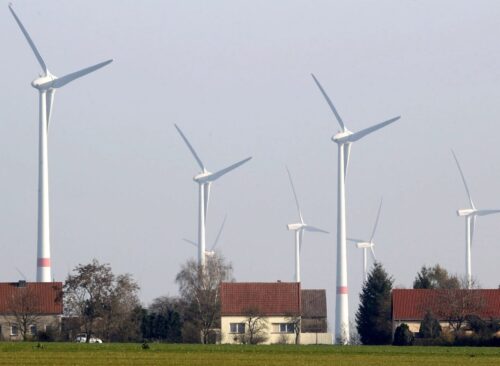












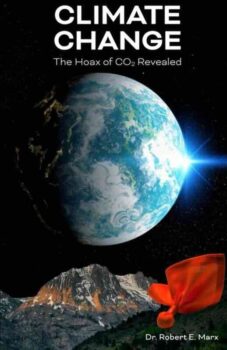
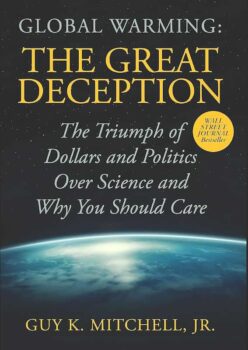
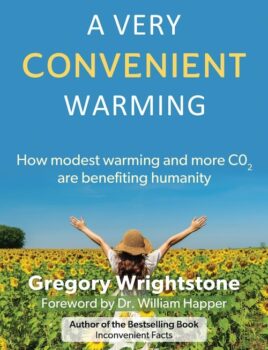
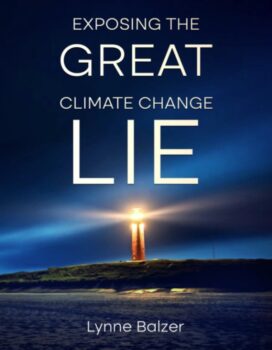
Easily the worst one in terms of disastrous impact was the scare that was instrumental in bringing to the forefront of the news the idea that man’s activities would seriously harm the environment: the notion that the use of the (man-made) insecticide DDT would eventually kill all the birds and pose serious health risks to humans.
One guy who took Carson’s message to heart was William Ruckelshaus, the first director of the US Environmental Protection Agency (EPA). The EPA was established in 1970 by that paragon of virtue, US President Richard Nixon. Ruckelshaus set up an enquiry into the pros and cons of DDT, chaired by judge William Sweeney. Judge Sweeney held seven months of hearings, with testimony from witnesses running to 9,000 pages and concluded that DDT was harmless to humans and posed no health risk, not even to birds.
Ruckelshaus, who had connections with the radical Environmental Defence Fund had, by his own admission, never attended any of the hearings and had not even read judge Sweeney’s report. But under pressure from his Environmentalist fellow-travellers, he took it upon himself to rule that DDT was indeed a cancer-causing substance, a decision which eventually led to a ban on its production in the USA in 1972. He is also quoted as saying ”science, it can help, but this is a political decision”.
The US initiative in banning DDT was quickly taken up by other countries. Countries that resisted the ban were coerced with the threat of withholding grant aid by the USA and such bodies as the European Union and the World Health Organisation.
Two countries that refused to bow to pressure were Swaziland and India. The government of Swaziland rejected foreign aid so they could continue to use DDT. In ten years, malaria cases there for children under five, the most vulnerable section of the population, declined from a whopping 65% to just 5%
India, which has the world’s only major DDT production facility has almost eradicated malaria.
Neither country has experienced adverse health effects from using DDT.
Between the 1972 ban and 2006, when the ban was partially lifted on advice from the World Health Organisation, an estimated 50 million people died needlessly from malaria. Some would say that this makes Ruckelshaus the greatest mass-murderer of all time. Millions are still dying every year through lack of DDT.
And it was all just a scare. In one test, 36 volunteers actually ATE 2 teaspoons of DDT every day for 2 years, with no ill effects.
Quite shocking that DailyBeast would allow such honesty to be publicly posted
One of her claims that DDT cuased Bird eggshells to become too thin was a lie other things that has nothing to do with man made products and they even printed post stamp for Rachel Carson and there is a book ECO-FREAKS that has a chapter about this